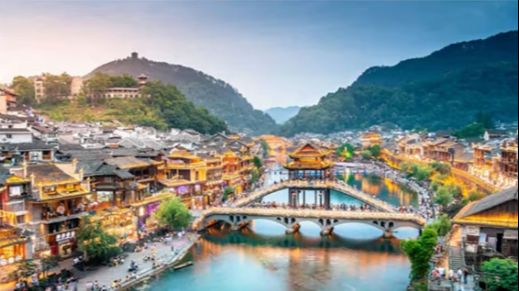First, everything stems from cultural and historical foundations. The Chinese often have a very common notion that if it’s not grand, it’s not worth doing, and perhaps this has been ingrained in their blood since ancient times. This is not only about formality but also an expression of power and stature. They always see themselves as the center of the universe. Looking back at the more than 5000 years of Chinese history, we can see that building colossal structures is an indispensable part of asserting the power of dynasties, the power of emperors.
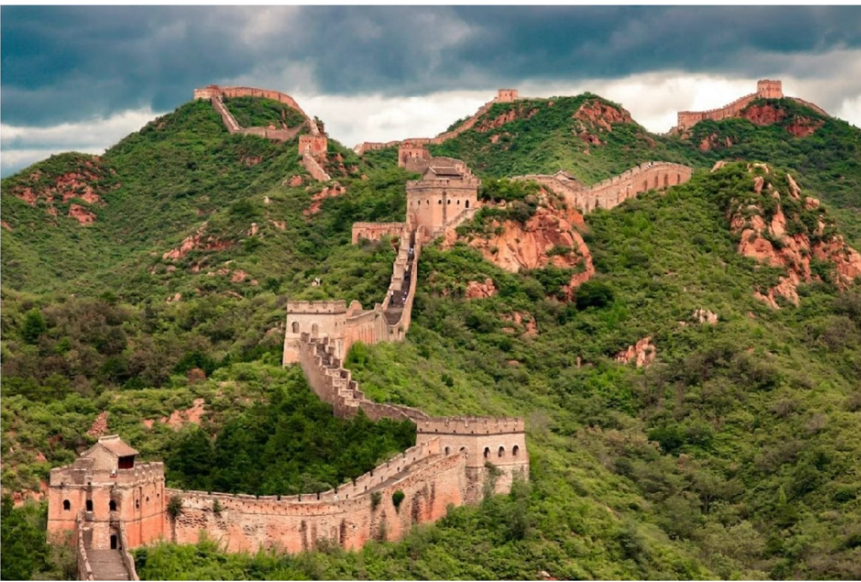
Let’s start with one of the greatest wonders of the world, the Great Wall, the wall that stretches for thousands of miles. The Great Wall was not only built to protect China from invasions from the North but also as a symbol of power and strength after Qin Shi Huang unified China. Before and after that, Chinese emperors also wanted the world to know that they had the strength to build a wall that could stretch from east to west, crossing mountains and rivers, unmatched by any other place. The Great Wall is not just a military structure but also a political message. If you want to invade the Central Plains and approach the civilization of the Han people, look at this wall and think twice.
Moreover, when talking about grandeur, one cannot forget the Forbidden City in Beijing, which was once the palace of Chinese emperors during the Ming and Qing dynasties. The Forbidden City was built with over 9000 rooms covering an area of 720,000 m2. Entering the Forbidden City feels like stepping into a miniature city where every step reveals the opulence and power of the feudal courts. Chinese emperors deliberately built a palace so grand that it is hard to imagine, to showcase their uniqueness, a place that no one could reach. This is the pinnacle of opulence and absolute control.
Building great structures during the feudal period was to assert the control of dynasties. In modern times, it is also a way to assert status; entering this era, building colossal structures is not only about culture or history but also a way for China to assert its political status and power on the international stage. One typical example is the Three Gorges Dam.
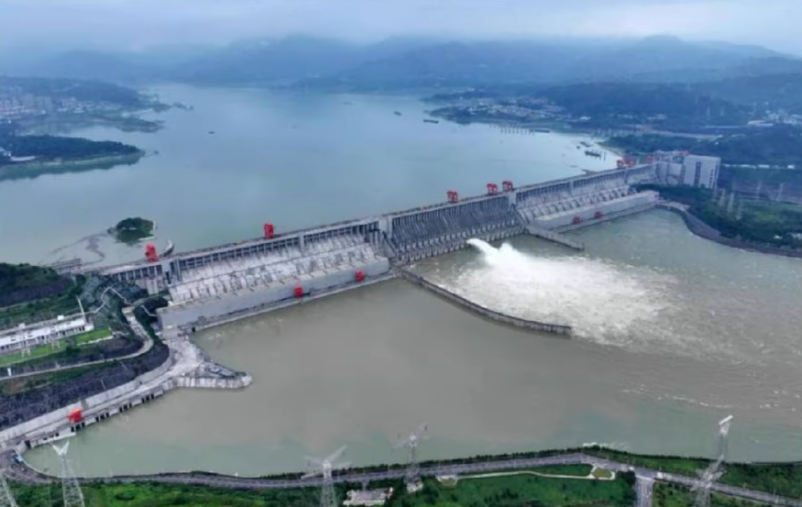
When mentioning the Three Gorges Dam, people immediately think of one of the greatest projects of the modern world. The Three Gorges Dam is the largest hydroelectric dam in the world located on the Yangtze River. With a length of over 2300 m and a height of 185 m, this dam not only provides electricity for millions of Chinese people but also symbolizes the technical prowess and remarkable development of this nation. This project was built not only to meet energy needs but also to control floods, regulate water, and facilitate waterway transportation.
However, behind the economic reasons, the Three Gorges Dam is also a major political project that demonstrates China's strength and power. This is a clear message sent to the world: China is not only a country with a rich culture but also a technological and engineering powerhouse. And of course, they build these grandiose structures not just for admiration, not just for play, but to develop infrastructure and the economy. China is not only a large country in terms of area but also a gigantic economy, and to maintain this development, they need to invest in infrastructure. But instead of building trivial things, China decided to go big with unprecedented large-scale projects.
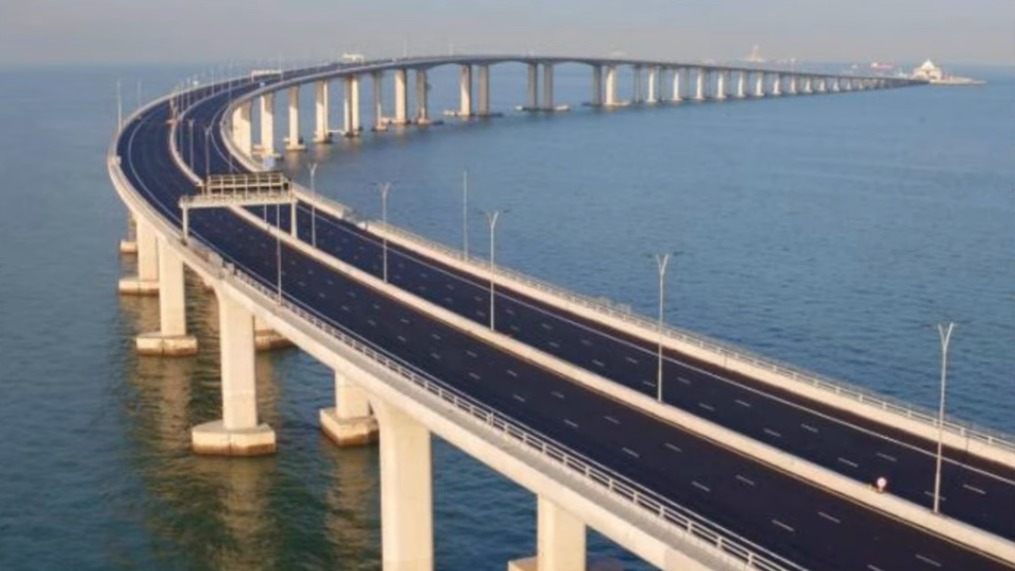
A perfect example of this is the Hong Kong-Zhuhai-Macao Bridge. This is the longest sea-crossing bridge in the world, with a total length of up to 55 km; more accurately, it is not just a bridge but a system of infrastructure connecting three major economic centers of China. This bridge not only shortens travel time but also boosts economic trade between these three regions. With a construction cost of about 20 billion dollars, this is one of the largest and most expensive infrastructure projects in Chinese history, calling it the Great Wall at sea would not be wrong. But for China, it is not just about money; it is also a way to assert that they can undertake projects that few countries can match.
It cannot be denied that the Chinese have a very characteristic mentality of doing everything grandly and impressively. This does not stop at construction but is also a way to make a splash internationally; China is not afraid to go big because they understand that the bigger, the more noticeable. Another typical example is the Beijing Daxing International Airport.
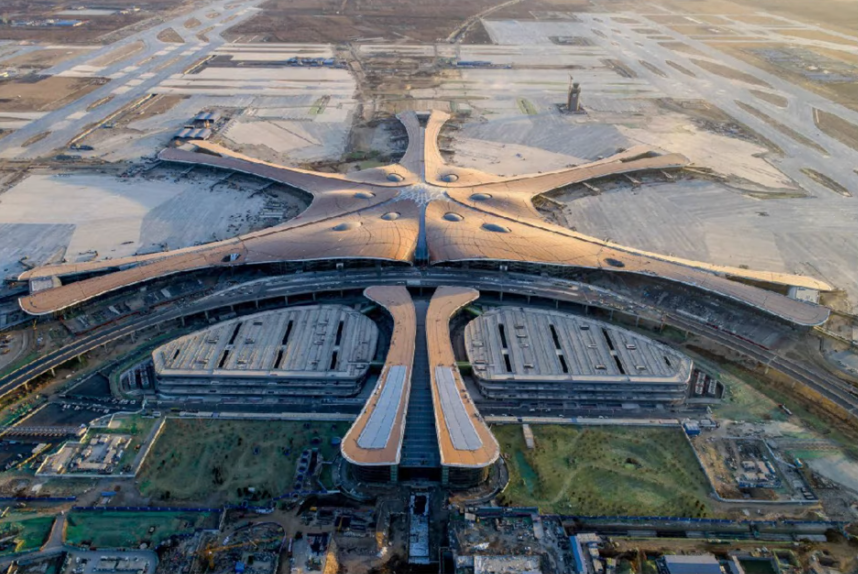
Beijing Daxing International Airport is not only large but also very aesthetically pleasing, with a unique star-shaped design, dubbed the new miracle of Beijing. This airport was built to become one of the largest airports in the world, with a capacity of up to 100 million passengers per year, equivalent to the entire population of Vietnam. Not only is it a transportation project, but this airport is also a symbol of modern development and China's vision for the future.
When you step into this airport, you are not just entering China; you are stepping into a future full of potential and grandeur that China wants to build and showcase to tourists coming to Beijing, to the nerve center of this nation. Clearly, China wants to build colossal structures to leave a mark on the world map; they want the world to remember them not only as a country with a long history but also as a rising powerhouse, with colossal projects from sea-crossing bridges to international airports being indelible marks on the world map. It is a statement that China has money, China has history, and they are ready to build new heights.
In summary, China's preference for building colossal structures stems from many cultural, historical, political, economic factors, and the mentality of doing everything on a grand scale. For them, these structures are not only part of development but also a way to assert their position on the international stage.
China wants the whole world to know that they are not only a large country in terms of area but also a powerhouse in technology, economy, and power. Therefore, if you have the opportunity to visit China, be prepared to stand before grand structures because these projects are magnificent and very classy, and remember that whenever you admire a colossal structure, think of the Chinese mindset: if it’s not big, don’t do it.
